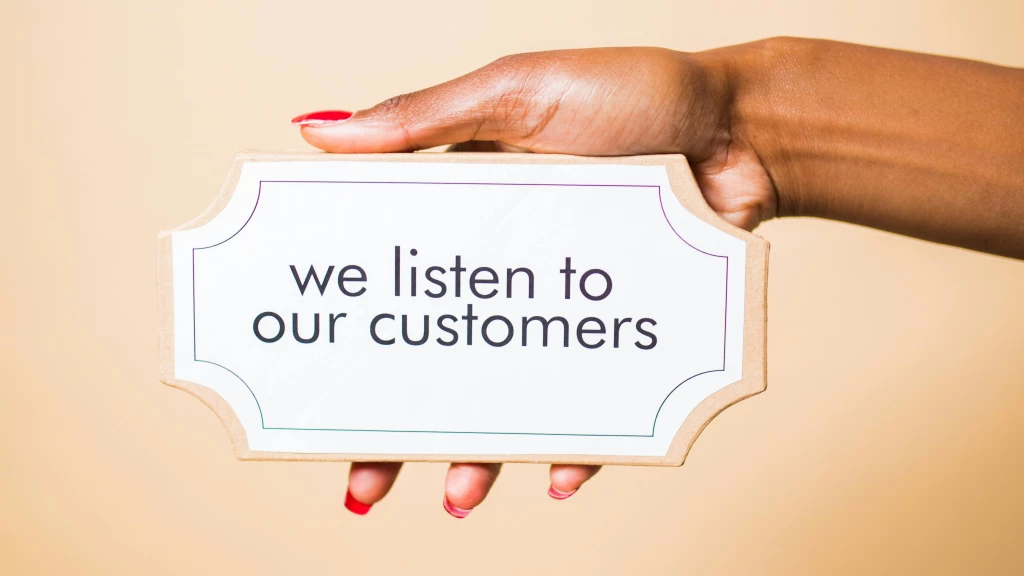How to Effectively Handle Customer Complaints
Visits: 736

How to Effectively Handle Customer Complaints
In business, customer complaints are inevitable. Even with the best products and services, issues may arise that lead to dissatisfaction. However, handling complaints effectively is an opportunity to strengthen customer relationships and improve your business. For Canadian businesses, resolving complaints quickly and efficiently can enhance your reputation and increase customer loyalty.
1. Importance of Handling Customer Complaints Effectively
Handling customer complaints is crucial for several reasons. Addressing complaints promptly and professionally can turn negative experiences into positive outcomes, increasing customer satisfaction and retention.
| Benefit | Explanation |
|---|---|
| Retains Customers | Effective complaint resolution encourages customers to stay loyal |
| Improves Reputation | Customers are likely to share positive feedback when their issues are resolved |
| Identifies Areas for Improvement | Complaints highlight potential weaknesses in your products or services |
| Reduces Negative Publicity | Resolving complaints quickly prevents negative reviews from spreading |
Ignoring or mishandling complaints can harm your business, so it's essential to address them strategically.
2. Steps to Effectively Resolve Customer Complaints
A. Listen Actively
The first step in resolving any complaint is to listen to the customer carefully. Ensure they feel heard and valued by giving them your full attention.
| Action | Benefit |
|---|---|
| Avoid interrupting the customer | Shows respect and understanding of their issue |
| Ask clarifying questions | Ensures you understand the root of the problem |
| Take notes | Helps you track important details of the complaint |
Listening actively shows empathy and creates an environment where the customer feels that their concerns are being taken seriously.
B. Acknowledge the Issue and Apologize
Once the customer has explained their complaint, acknowledge the issue and offer a sincere apology. Whether the issue was your fault or not, a well-timed apology can diffuse tension and show the customer that you care about their experience.
| Action | Benefit |
|---|---|
| Offer a sincere apology | Helps calm the customer and shows responsibility |
| Acknowledge their frustration | Validates their feelings and builds rapport |
A well-handled apology can go a long way toward rebuilding trust with the customer.
C. Take Ownership and Offer a Solution
Taking ownership of the problem is crucial for resolving the complaint. Offer a clear solution that addresses the customer’s concerns, and if possible, provide multiple options for resolution.
| Action | Benefit |
|---|---|
| Offer specific solutions | Shows the customer that you're committed to fixing the problem |
| Provide compensation when necessary | Offering refunds, discounts, or replacements can help rebuild customer trust |
| Explain how the issue will be prevented in the future | Reassures the customer that the same problem won’t happen again |
Being proactive in offering solutions demonstrates your commitment to customer satisfaction.
D. Follow Up
After the complaint has been resolved, following up with the customer ensures that they are satisfied with the outcome. This extra step shows the customer that you value their business and are committed to their ongoing satisfaction.
| Action | Benefit |
|---|---|
| Send a follow-up email or call | Confirms the issue was resolved to the customer’s satisfaction |
| Offer additional support if needed | Provides an opportunity to fix any remaining concerns |
| Thank the customer for their feedback | Shows appreciation for their time and input |
Following up on complaints demonstrates excellent customer service and helps solidify the relationship.
3. Common Mistakes to Avoid When Handling Complaints
There are several pitfalls to avoid when addressing customer complaints. Mishandling complaints can escalate issues and damage your business reputation.
| Mistake | Consequence |
|---|---|
| Being defensive | Can worsen the situation and anger the customer further |
| Offering excuses instead of solutions | Customers want their problems fixed, not excuses |
| Ignoring the complaint | Leads to negative reviews and loss of business |
| Delaying resolution | Customers expect timely solutions; delays create frustration |
Being aware of these mistakes can help you avoid escalating complaints and ensure they are handled effectively.
4. Using Customer Feedback to Improve
Customer complaints offer valuable insights into how your business can improve. By tracking complaints and looking for patterns, you can identify recurring issues and address them before they become larger problems.
| Action | Benefit |
|---|---|
| Track and categorize complaints | Helps identify recurring issues and trends |
| Analyze feedback to improve services | Use insights to refine processes and products |
| Share feedback with your team | Ensures employees are aware of areas for improvement |
Customer complaints are not just problems to be solved, but opportunities to improve your business.
5. Tools for Managing Customer Complaints
Using the right tools can help streamline the process of handling customer complaints and ensure timely resolutions. Here are some tools that can assist in managing customer complaints effectively:
| Tool | Function |
|---|---|
| Zendesk | Customer service platform that tracks complaints and automates follow-ups |
| Freshdesk | Helpdesk software for managing and resolving customer issues |
| SurveyMonkey | Collects feedback from customers about their experiences |
| Hootsuite | Social media management tool for monitoring and responding to complaints online |
Using tools like these helps track complaints, streamline communication, and provide better customer service.
Conclusion
Effectively handling customer complaints is crucial for maintaining a positive business reputation and ensuring customer loyalty. By listening actively, acknowledging issues, offering solutions, and following up, Canadian businesses can turn negative experiences into positive ones. Avoiding common mistakes and using the right tools will help streamline the process, ensuring customer complaints are addressed promptly and professionally. Remember, each complaint is an opportunity to improve and build stronger relationships with your customers.
